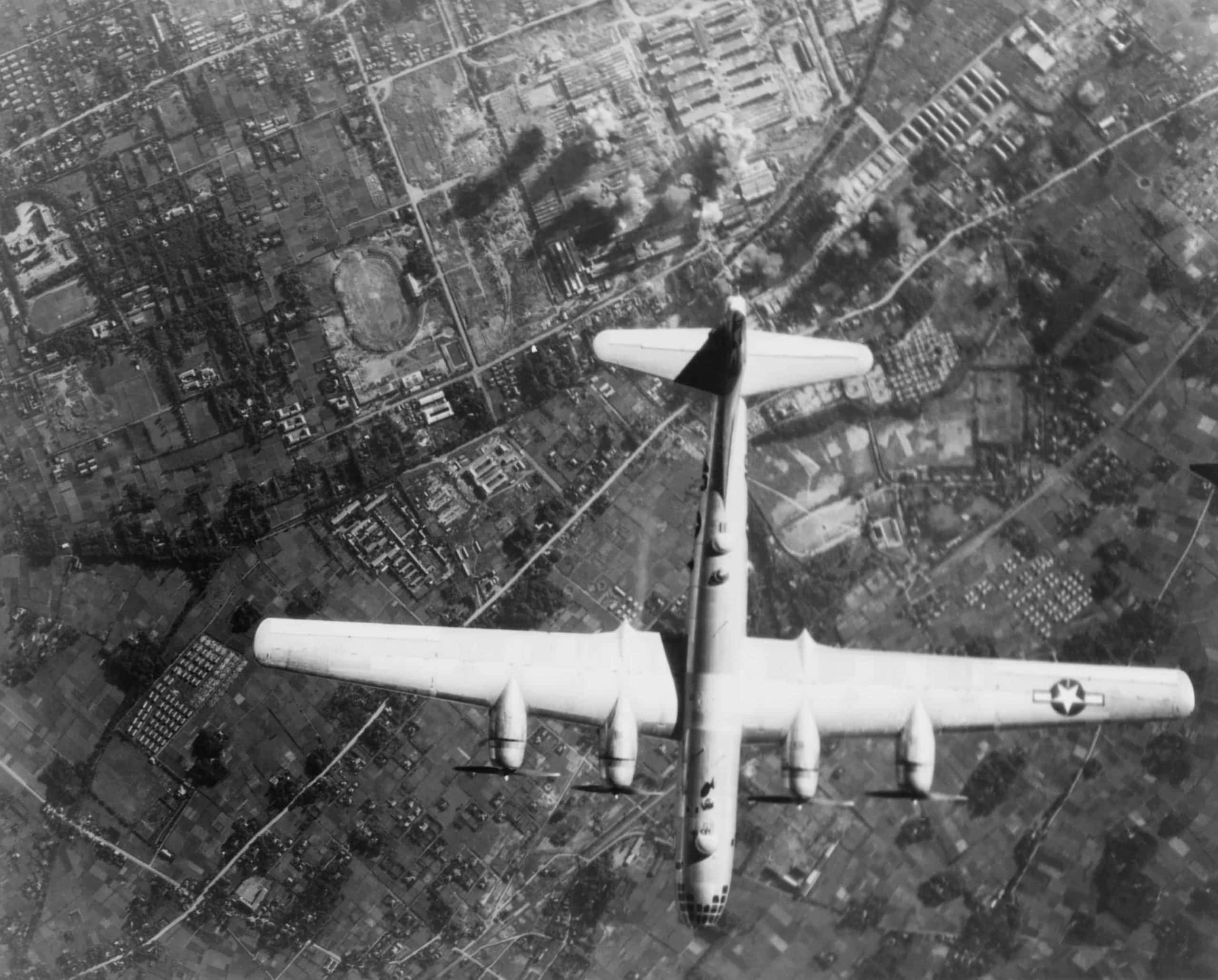



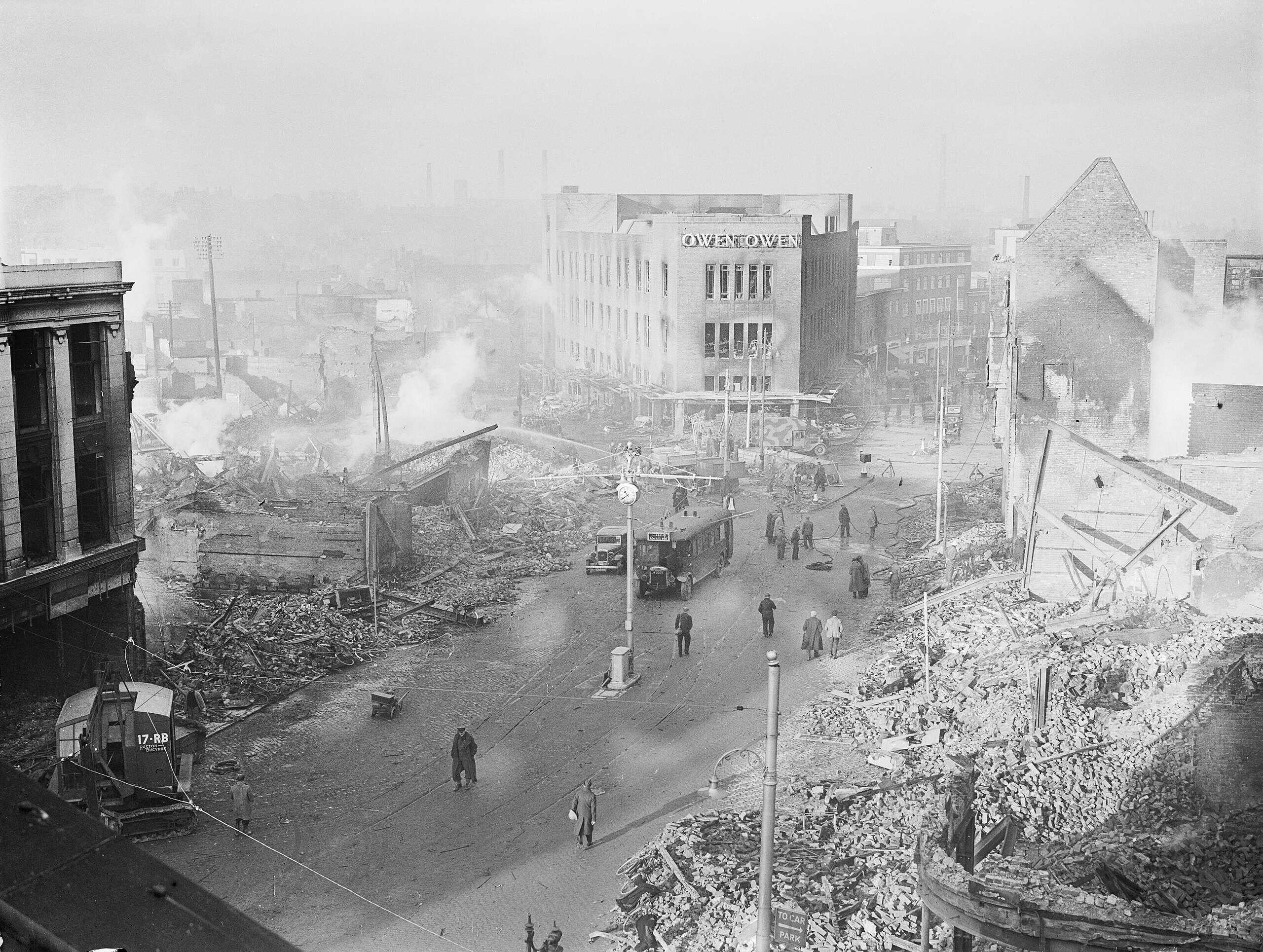



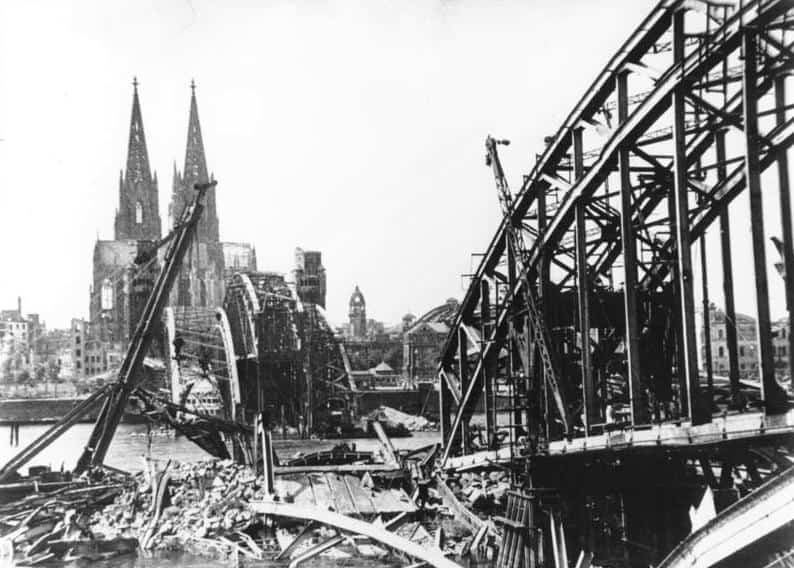

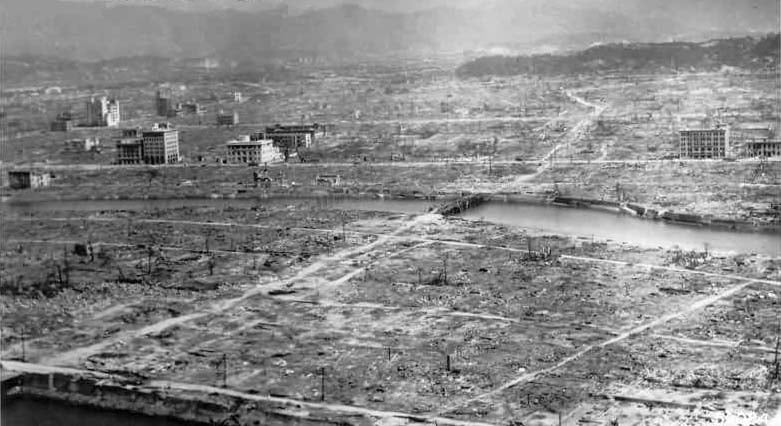
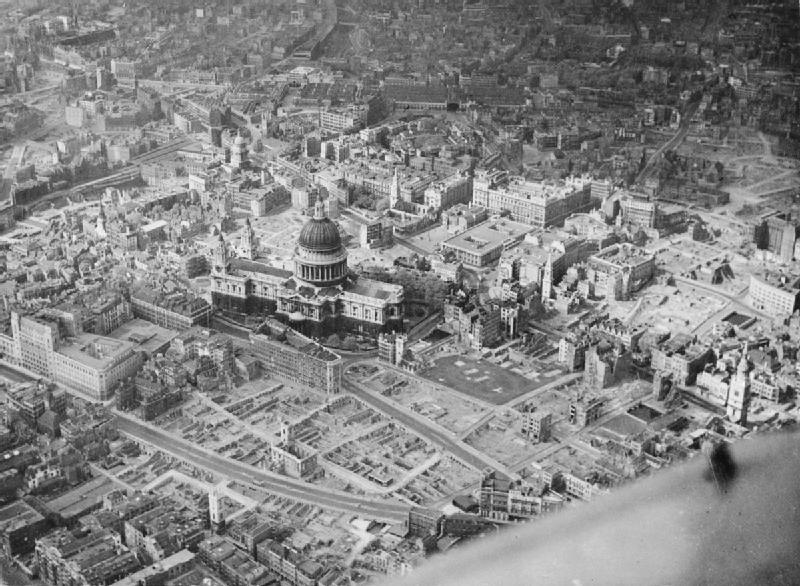
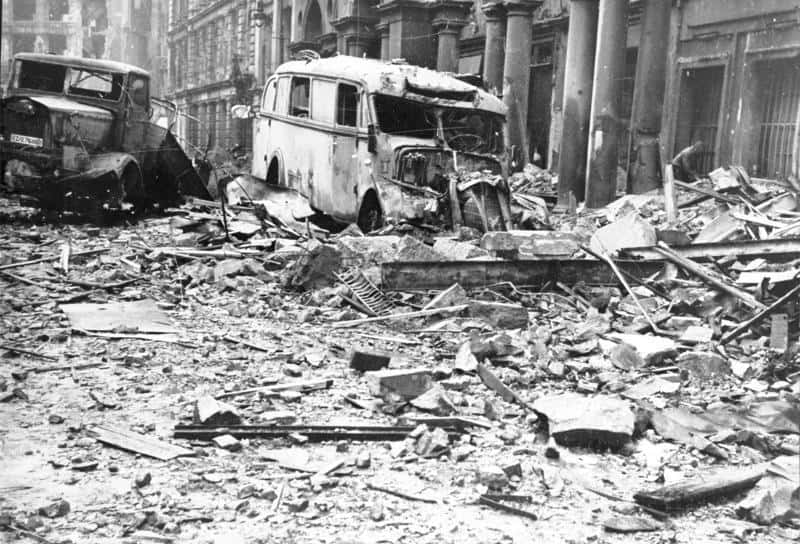

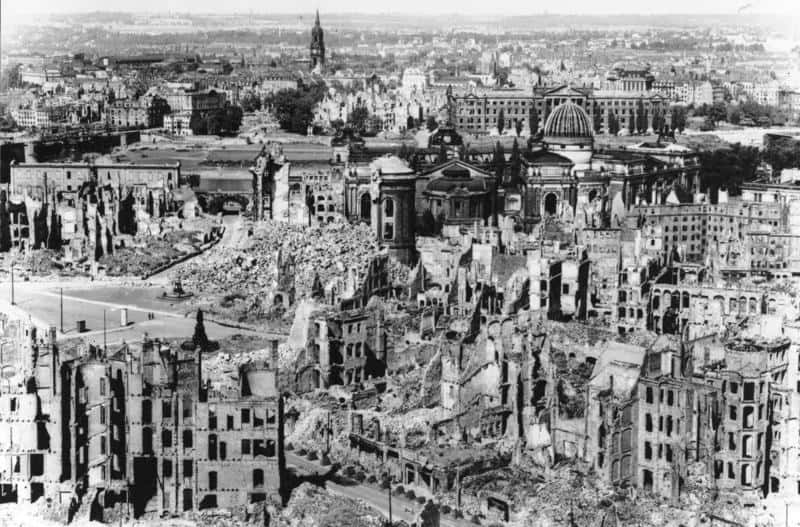

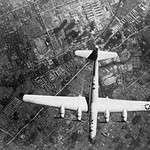


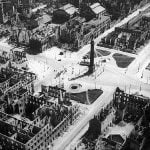
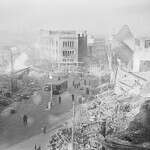


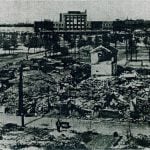

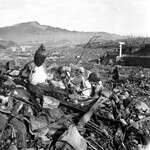


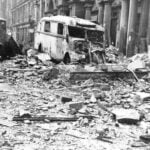
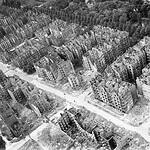

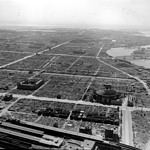
These Cities Were Decimated by World War II Bombings
One of the unfortunate truths about World War II, or any war for that matter, is that far too often, those who want nothing to do with the fighting are the ones most affected. This was true around World War II when cities across Europe and the Pacific were bombed, in some cases repeatedly, as both the Allies and Axis looked to utilize strategic bombing to pound the other into submission.
15. Rotterdam, Netherlands
Dropping over 100 tons of bombs on May 14, 1940, the city of Rotterdam, Netherlands, was strategically important due to Dutch military resistance. The Luftwaffe hoped to break any military resistance and force a quick surrender by destroying both communications equipment and morale. As part of Germany’s “blitzkrieg” strategy, more than 1,000 Dutch residents were killed as part of the attack.
14. Warsaw, Poland
It’s believed that as much as 85% of the city of Warsaw, Poland, was destroyed as a result of German mass bombings. Dropping over 1,000 tons of bombs on September 29, 1944 alone, Germany hoped to crush the Warsaw Uprising with strategic bombings from its Luftwaffe. As many as 25,000 Warsaw residents were killed as a result of the attacks, crushing the Polish rebellion, so the German Army could regroup and turn its attention to the Soviet Union.
13. Darmstadt, Germany
Bombing efforts by the Royal Air Force on Darmstadt, Germany, were so effective that they caused 66,000 of the city’s 110,000 residents to become homeless, all while killing 13,500 people. Home to an important German military communications network, the RAF dropped 1,200 tons of bombs to destroy both the network and chemical plants from companies like Merck.
12. Coventry, England
Looking to demoralize the United Kingdom, the German Luftwaffe attacked Coventry, England, on November 14 and 15, 1940. Using 503 tons of bombs, the German raids killed as many as 1,200 people with a focus on destroying Royal infrastructure that helped produce tanks, aircraft, and munitions for Britain’s war machine.
11. Pforzheim, Germany
Killing over one-third of the city’s population in a single raid by the Royal Air Force, more than 17,600 people died as a result of bombings on Pforzheim, Germany. Destroying over 83% of the town’s buildings and 100% of its inner city, the Allies dropped over 1,800 tons of bombs on the city, looking to target German infrastructure that made essential components for weaponry.
10. Kassel, Germany
During one raid by Allied forces in October 1943, more than 150,000 residents of Kassel, Germany, were bombed out, killing more than 6,000 people. Using over 1,800 tons of bombs during a single raid, the Allies looked to destroy Kassel, which was a focal point of Germany’s tank production as well strain local resources breaking civilian morale, which worked as only 50,000 out of the city’s original population of 236,000 remained when the city was captured in April 1945.
9. Osaka, Japan
Strategic bombing raids on Osaka, Japan, mostly began in March 1945 and carried on repeatedly as the Allies hoped to eliminate Japan’s willingness to make war. The second largest city in the country, more than 1,500 tons of bombs were dropped, leading to the death of more than 10,000 civilians. The bombings were successful as they eliminated infrastructure and broke civilian morale.
8. Cologne, Germany
Over 262 separate air raids by the Allies in World War II, Cologne, Germany, was a prime target as a major transportation and manufacturing hub. The Royal Air Force launched its “thousand bomber raid” in 1942 to disrupt Germany’s war machine with more than 34,711 tons of bombs falling on the city, killing more than 20,000 civilians and leaving the city in ruins.
7. Nagasaki, Japan
The second of two cities attacked by the US with an atomic bomb, this bomb had the force of 21,000 tons of TNT. When the bomb fell on August 9, 1945, it looked to destroy critical factories Japan relied heavily on to make war, including those of Mitsubishi shipyards. Believing Japan would surrender after a second bomb fell, the US attacked and killed as many as 80,000 civilians.
6. Hiroshima, Japan
The first of two cities the US would drop an atomic bomb on, the attack was equivalent to 15,000 tons of TNT. On August 6, 1945, when the US attacked the city, a major Japanese industrial hub, it hoped to eliminate the country’s ability to produce weapons, all while forcing Japan to surrender. In the aftermath of the bomb dropping, it’s estimated that as many as 140,000 died from the fallout.
5. London, England
Germany had high hopes that the Luftwaffe’s Blitz targeting London would be able to disrupt the British war effort and ultimately make way for the island to be invaded. Germany destroyed key infrastructure like factories, docks, and railways, but failed to make way for a ground assault. Even so, with 18,300 bombs dropped between September 1940 and May 1941, more than 43,000 civilians died.
4. Berlin, Germany
Between 1940 and 1945, one of the Allies’ biggest military goals was to attack Germany’s capital city, Berlin, with bombing attacks. The nerve center of Germany’s political and military operations, in total, the Royal Air Force dropped 45,717 tons of bombs. In contrast, the US dropped 22,090, causing 1.7 million people to flee the city or 40% of its population, while as many as 50,000 died.
3. Hamburg, Germany
Operation Gomorrah was an Allied attack on Hamburg, Germany, focused on eliminating its shipyards, U-boat pens, and oil refineries. The Allied bombing runs in July 1943 were particularly outsized, killing an estimated 37,000 people and destroying as much as 60% of the city’s housing. It’s estimated that around 10,000 tons of bombs were dropped to destroy Germany’s ability to sustain naval warfare.
2. Dresden, Germany
A key transportation hub for Germany to resupply its forces across Europe, the Allies attacked Dresden, Germany, and its train yards with as much as 3,900 tons of bombs between February 13 and 15 in 1945.
Seven hundred seventy-two bombers of the Royal Air Force and 527 from the US dropped 3,900 tons of high-explosive bombs and incendiary devices on the city, destroying up to 1,600 acres of the city and killing as many as 25,000 people.
1. Tokyo, Japan
With the United States and its Allies on the attack in the latter part of the war in 1944 and 1945, they began a series of strategic bombing runs on Tokyo. With the B-29 Superfortress entering service, the US was able to drop approximately 10,000 tons of bombs, including 1,665 tons of incendiary bombs that destroyed much of the city’s ability to make war, all while killing as many as 100,000 people.
